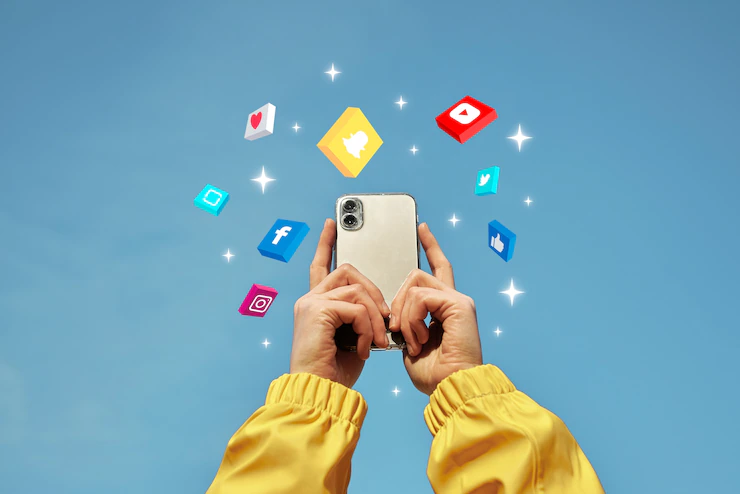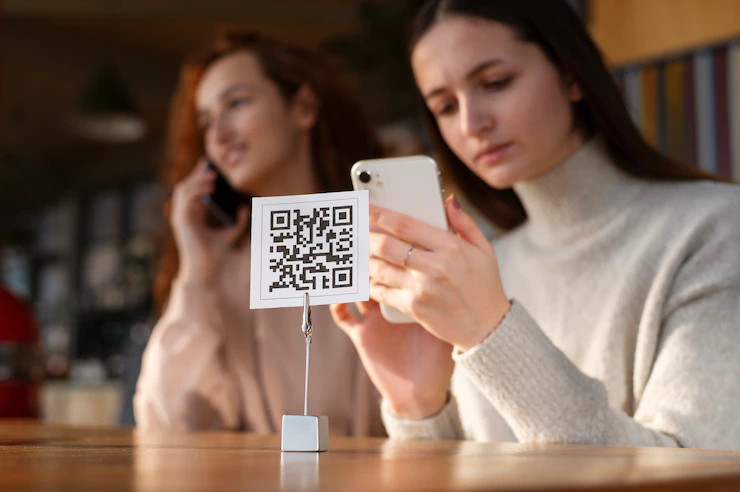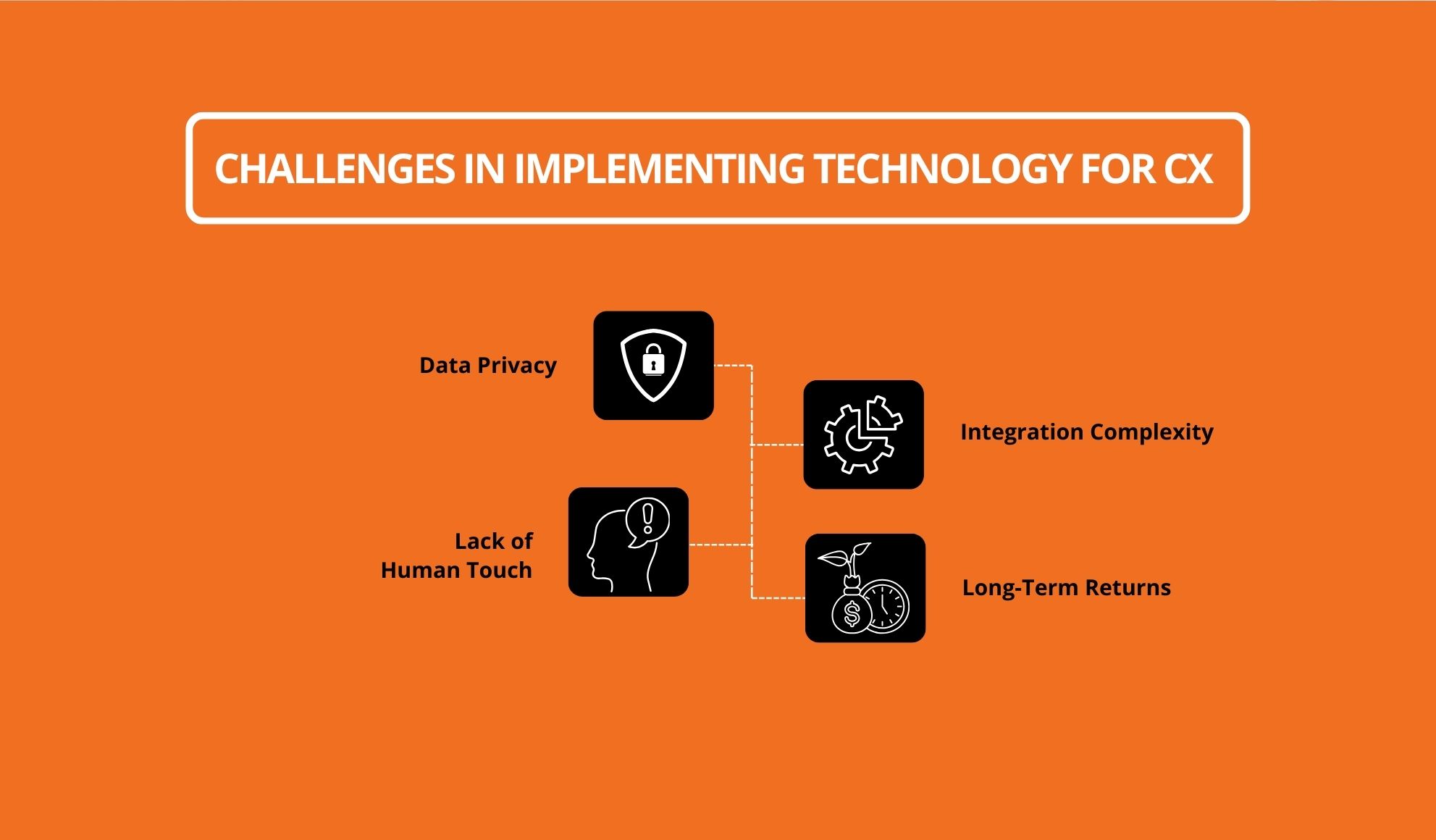How Technology is Changing the Way Businesses Manage Customer Relationships?
by Ankita Tripathy Business Intelligence Published on: 25 January 2023 Last Updated on: 05 March 2025

It is fair to say that modern customers have much higher expectations from the businesses they interact with today than ever before.
The customer has always been right. But these days, with the internet giving them access to a global marketplace, they have even more power now because if you don’t at least match their expectations, then you pretty much have lost them forever.
Most customers won’t touch your business with a bargepole if they endure one bad experience, and with social media and platforms like Google Reviews, they are just as likely to tell the world about it as well.
For this reason, any business needs to provide its customers with the products or information they require in a fast, convenient, professional, and courteous manner.
Technology can help you do just that by changing the way businesses manage their customer relationships.
In this article, we will take a look at some of the main ways that are happening when it comes to communication.
Why is Communication Important?

In every prosperous business, building relationships with customers is a critical success factor. In fact, the better you communicate with them, the more likely you are to benefit from their lifetime value.
If you make your customers happy, they will become brand ambassadors for your company. Essentially by recommending and promoting your business to their network of family and friends.
The process of communicating with your customers starts from the moment they first hear about your company or products. Even if they only need to utilize it once, this process should never come to an end unless they say so.
Ways Technology Enhances Customer Communication
Rapid advances in modern technology have revolutionized the way businesses communicate with their customers.
Here are five ways the savviest of companies in Australia have adopted it.
1300 Numbers
1300 Numbers has been a game changer for over 300,000 Australian businesses that use them for their incoming calls.
Regulated by the ACMA, virtual numbers offered by Simple 1300 Numbers act as the sole contact point for businesses that have an Australia-wide network of customers.
You can’t dial out on these 10-digit numbers, but you can provide customers with a more seamless experience by offering a prompter greeting. This will enable them to choose various options via their keypad i.e. dial 1 for sales, 2 for customer service, 3 for accounts, etc.
As well as directing the customer call to the person within your business who is best equipped to deal with it. Featuring this number on all your external marketing materials and communications also makes you appear more reputable and trustworthy.
Social Media

Social media platforms like Facebook, TikTok, YouTube, and Instagram have been central in bringing customers and businesses together.
For a start, they enable you to converse directly with your customers via post commenting or direct messaging. Secondly, they also allow businesses to solve customer issues before they even arise.
With a YouTube, Instagram, or TikTok video, you can show people how to assemble your products or use them most effectively. You can also advise on where to buy them and what new items you have available in your store.
Face-to-face video

Covid-19 restrictions had a lot of negative impacts on business.
However, one silver lining that came from it was the growth in the usage of face-to-face video applications like Zoom and Google Meet.
Some businesses are now incorporating this into their customer service and communication strategy to enable them to be able to talk directly with customers.
Primarily this is used as a way to ‘humanize’ your business and also manage any inquiries your customers may have with maximum efficiency. But also, it does present an opportunity for soft selling.
Augmented Reality

Often abbreviated as AR, Augmented reality is a brilliant innovation that allows businesses to help their customers get to grips with their products.
Essentially, it allows businesses to offer their clients interactive guidance and educational tutorials through the use of videos and visuals.
It can be delivered to them across most device types and typically can help them understand how to operate something. This is very effective, for instance, for explaining how to fix a bug on your SmartTV or how to program your new washing machine.
QR Code

Another piece of technology that seemed to take off for businesses during COVID-19 was QR codes.
Although some critics suggest it facilitates a world where human interaction is reduced, what ‘Quick Response’ can do is provide people with a range of benefits like the speed of service and quick access to the information they need.
Restaurants can use it, for example, to enable their customers to order food as soon as they are ready (as opposed to when the wait staff is).
Likewise, a bookshop can use it to show exactly where in their store you can find the publication you are looking for.
Chatbots

Many businesses are resorting to chatbots to automate repetitive tasks. These AI-based bots are helping small businesses gain customer data, run customer inquiries, hold personalized interactions, and more.
Many businesses are using bots to improve the online purchase experience of their customers. Most companies are also utilizing chatbots to improve the overall process of handling customers.
From gaining customer insights to improving sales efficiency, chatbots are now a massive part of building great customer experience for businesses of all sizes. They are freeing up small businesses’ need for hiring human agents that would often cost more.
Personalization

Personalized marketing is one of the most potent weapons in the hands of online businesses. Businesses are tracking customer data from customer’s digital footprints and tailoring advertisements for specific customers.
They are tailoring communication across different digital touchpoints where the customer might be available. These messages include personalized product recommendations, targeted marketing campaigns, and customizable services. Businesses are making it increasingly common to use AI, machine learning, and data analytics tools to strengthen business-to-customer communication.
Challenges in Implementing Technology for CX

While using different technologies to improve CX may seem interesting, it’s not easy to accomplish. But not impossible either. Some significant challenges businesses face trying to implement tech solutions are related to data privacy, diverse systems, balancing automation, and also a lack of personalization.
It’s also not easy to keep up with the customers’ evolving needs. Also, it’s too challenging to manage customer feedback across different digital channels.
Here are some common challenges a business might face when trying to incorporate technology into improving customer experience –
Data Privacy
While using customer data can help businesses personalization for communication, it can still cause some concerns and hurt the customers’ privacy. To successfully achieve this, companies have to comply with the regulations and maintain transparency regarding their use of data.
Integration Complexity
It’s a difficult task to integrate new CX technologies with existing technologies across a business’s different departments. Sometimes, it can end up with the business completely revamping the set of techs they use. Eventually, this can cause lots of expenses.
Lack of Human Touch
Customer communication is complex, and it’s challenging to add the human touch when a business is doing it at a scale and automating the whole thing.
Identifying CX Issues
The entire process can be too wide and vast, and finding CX issues can be more complex than one can think of.
Final Thought
Henry Ford famously said every business needs marketing and innovation to not only survive but also thrive.
This insight is still very true today, and with a range of technologies available to companies now, they can draw on more tools than ever to provide their customers with the world-class customer service they expect.
It does not matter if you are a small owner-operated business or a large multi-national. If you embrace the communicative potential these technologies bring, you will go a long way to set yourself up for continued success.
Additional:



































































































